Meet Bollywood's favourite CrossFit trainer Shivoham.
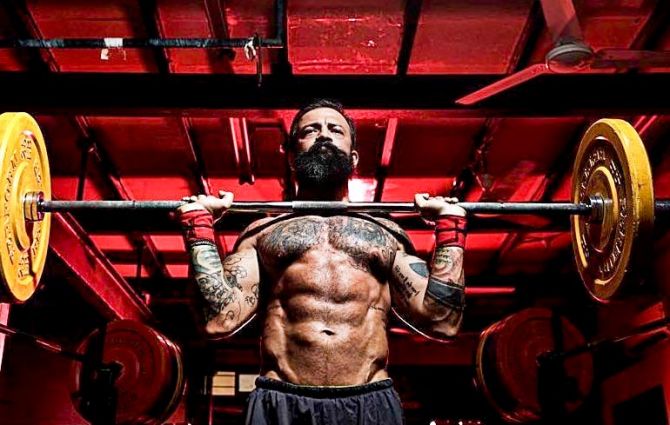
Photograph: @skmfotography via shivohamofficial/Instagram.
Let's begin with the basics.
That is where Aamir [Khan], Jacqueline [Fernandez] and Sonakshi [Sinha] started. That is where everyone else started.
Leave your ego behind and go back to the A, B, C of fitness no matter how much you may have advanced in the gym. This is going to be integral in laying the foundations of your fitness journey.
Aamir is fit and strong and exercises regularly. The fact that he questioned everything and went deep into whatever he undertook meant that he was already aware of the movements involved in working out with me...
So with him, the foundation work was easy, but he went through this process too. Just that it was done quicker than usual.
It was pretty smooth sailing with Jacqueline as well, while with Sonakshi I had to go slow because of her body type and inexperience.
But she is a fast learner who mastered all the movements just a week into training.

Shivoham's other Bollywood clients have included names like Sonakshi Sinha, Jacqueline Fernandez, Abhishek Bachchan and Vaani Kapoor.
By foundation I mean the basic movements and concepts of exercise, using which you can build your workout regimen in order to achieve your fitness goals.
These movements are pull, push and hold. The basic exercises are squats, pull-ups, pushups, sit-ups, burpees, planks or bridge holds and lunges…
Everyone starts with these exercises, minus the barbells, dumb-bells, kettlebells or any other weight. Once you are convinced that your form is right, you can move on to adding weights to your exercise regimen.
But before you start forming the misguided notion that lifting more weight is the only sign of being fit, try running 10 kilometres in less than sixty minutes (a comfortable target for close to 45 per cent of the population) or do the basic CrossFit routine of five pull-ups, ten push-ups and twenty squats for twenty minutes non-stop.
At the end of the run or the twenty minutes, you will realize how beneficial these exercises are for your muscular, cardiovascular and core fitness as well as endurance.
Free-hand exercise is just as important as lifting weights: this is one of the basic principles of fitness that many trainers seem to gloss over in their pursuit of giving their clients pumped up or size-zero bodies really quickly…
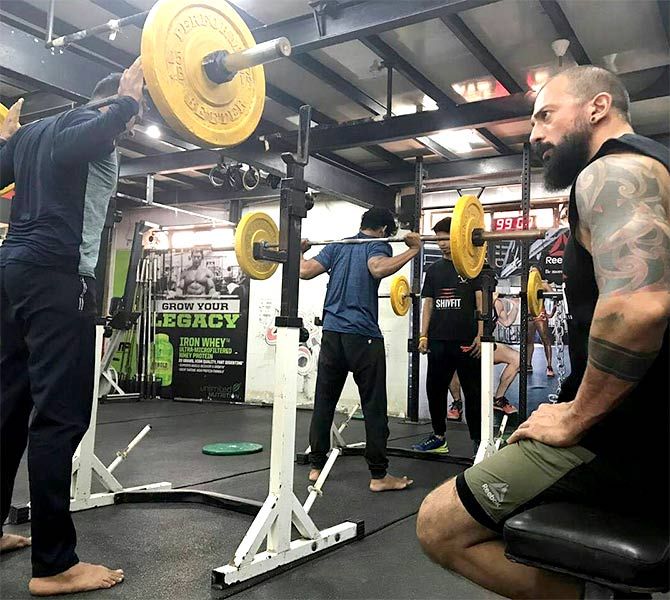
Photograph: @shivohamofficial/Instagram.
How to plan your workout?
… While planning your workout, no matter what the duration or intensity, you must design it in such a way that the major muscle groups in both the upper and lower body are engaged to a certain degree.
Just think of the time you hiked up a mountain. Though it was your legs and butt doing most of the work, without core strength and strong arms you probably wouldn't have made it past that rock in the middle of your path that made you pull yourself up using your arms and engaging your shoulders.
Never do you do things with just one half of your body; it is always the complete body that is involved…
So, when you use your whole body for almost anything you do, why would you train just one half on a given day?
In our fast-paced lives, we need to make the most of whatever time we can manage after work, family time, social media and outings. So, when I plan an exercise routine for my clients or myself, I aim to get in a complete body workout, even if the focus is on one specific movement that engages a certain body part or muscle group more than others…
The strategy is to pick one exercise for the upper body, one for the lower body and one for the core.
So, in the initial weeks when you aren't using weights, if you choose to do push-ups, it takes care of the upper body.
Then you could pick squats for the lower body and sit-ups for the core.
The next day it could be pull-ups (upper body), walking lunges (lower body) and leg raises (core).
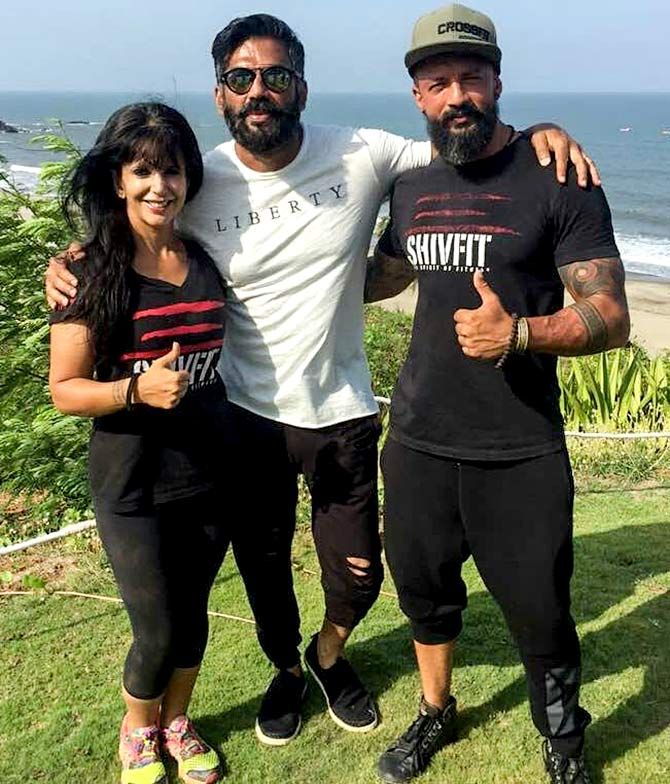
Photograph: @shivohamofficial/Instagram.
If you are one of those who couldn't indulge in a sport once you left college and got sucked into what we call life -- career, society, family -- and have finally found the time to take care of yourself, then start slow.
It is not etched in stone that you have to do ten repetitions of each of the three exercises you have chosen. If ten repetitions seem too easy for one exercise, go ahead and do twenty so that you feel your muscle groups getting engaged. This is frequently true of simple exercises such as jumping jacks, high knees, step-ups, etc.
On the opposite end of the exercise spectrum, you will find that you struggle with pull-ups, especially when you ensure that your chin is level with the bar you are suspended from. So, for this, do just three repetitions to start with.
Somewhere in between you will find movements like push-ups, sit-ups and squats, for which ten reps are challenging enough, so stick to that number.
Slowly, over time, you will build on your fitness and your body will start getting used to the rigour of more strenuous workouts. To be able to get to that stage, you should look at adding two reps every week to each of the exercises you struggled with till you reach the count of ten.
For exercises that you find easy, try and get comfortable with performing thirty to forty reps.
Do twenty reps for exercises that you could hit the magic number of ten at the beginning.
If you have already done your math and see yourself reaching from three to ten pull-ups in just a month or a little over that, reality is most likely to hit you.
Once you get to the stage where you can do seven to eight pull-ups, progress will be slow. You might take two to three weeks to move forward. But don't lose heart or be hard on yourself, this is normal.
Progress slows as you inch closer to the peak. A week or so after you can do ten pull-ups together, you will find yourself confident enough to start using weights with almost all exercises.

Photograph: @shivohamofficial/Instagram.
However, chances are that you would have already felt confident enough to start introducing weights for simpler movements. There is no harm if you have already done that. But, after you are at a level where you can do all weight-bearing exercises, make a conscious effort to work harder on the movements you were weaker in.
The load-bearing exercises that you ought to stick to for now are the simple ones, such as front and back squats, dead lifts, bench presses, shoulder/military presses, upright rows or high-pulls, bent-over rows and lunges.
For the next two to four weeks, follow the principle of progressive loading and gradually increase the weight you use for each exercise.
It is best to maintain a diary to record how many reps you manage at different weights. This will help you track progress.
The ideal number of reps during the initial stages of weight training is 10 per movement; you can progressively increase the load over the next six weeks or so.
By this time, you should be plateauing. You should start reducing the number of reps to seven while increasing the load. Continue increasing it till such time that you can do no more than five reps of each movement.
Keep in mind that you may take a little more or less time than specified here, as everyone has different levels of fitness and takes to exercise at a different pace.
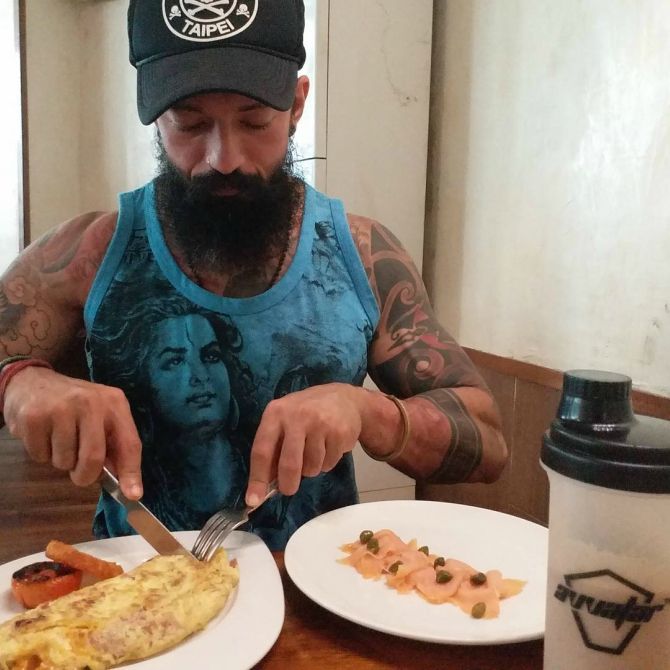
Photograph: @shivohamofficial/Instagram.
Once you introduce weights into your workouts, you could move to complex exercises such as squat cleans, thrusters, weighted squats, overhead squats, dead lifts, push press, clean and press, clean and jerk, split jerk, kettlebell swings, high pulls and snatches…
Almost all of these exercises engage muscle groups in both the upper and lower body. So, you could do a two-part workout, the first focusing on skill or strength, and the second to get your body working at an elevated heart rate over a certain period of time, or to exercise your entire body.
Since the first part is about strength or skill, the pace of the workout should be slow with enough time for recovery, while the weight should be on the heavier side.
For the second part, the focus has to be on speed and endurance, so go easy with the weights.
A typical workout for this could be one set of five weighted squats every two minutes for ten minutes at increasing weights, followed by a ten-minute break.
The second part could include performing five power cleans, ten box jumps and fifteen sit-ups continuously for twenty minutes with as little rest as possible between sets…
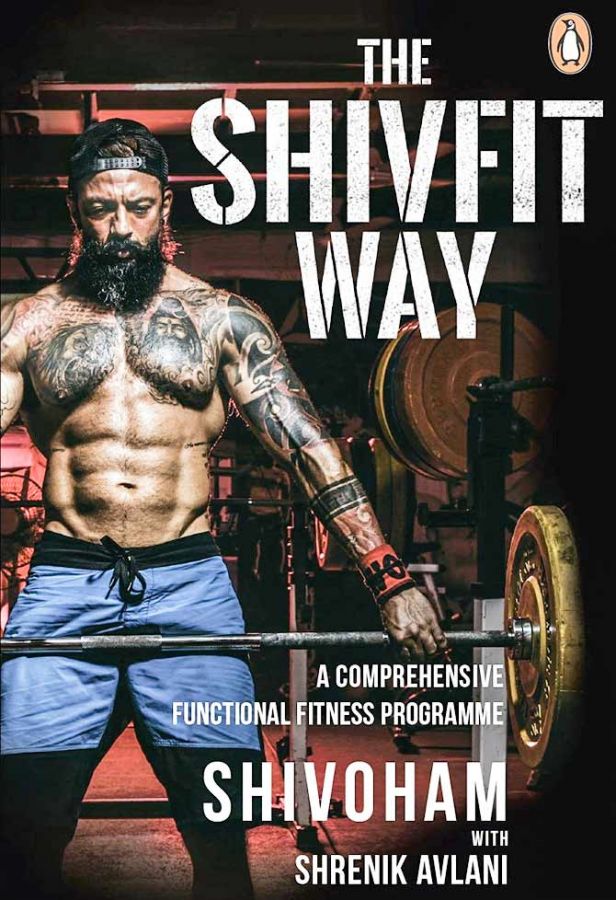
One last thing that you need to remember while planning a workout is rest. If your muscles do not recover and you still sweat it out in the gym or the park, all you would be doing is harming them, not building them.
You need to have one day of complete rest while another day has to be set aside for active recovery.
Excerpted from author Shivoham's The Shivfit Way with permission from the publisher -- Penguin Random House's Ebury Press.










